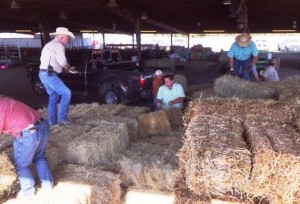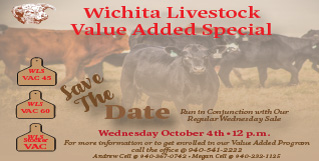Farm & Ranch
Texas crop, weather report for Nov. 17, 2015
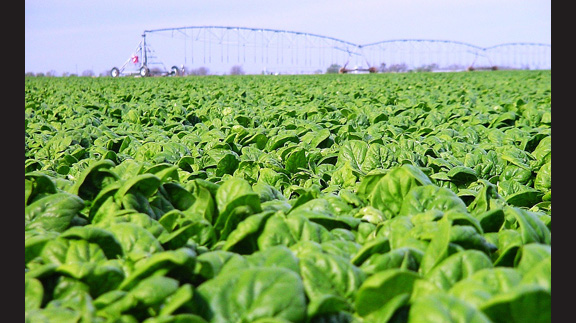
By: Paul Schattenberg
Fire, rain had nominal impact on South Central Texas agriculture
UVALDE – “I’ve seen fire and I’ve seen rain.” That lyric from a ‘70s James Taylor song would certainly apply to the residents of South Central Texas over the past few months.
But while Mother Nature has been less than kind to this region, the agricultural losses caused by these natural woes have been less than expected, according to Texas A&M AgriLife Extension Service experts.
“Most of the losses from the fire were small-landholder losses and didn’t have too much of an agricultural impact,” said Rachel Bauer, AgriLife Extension agriculture and natural resources agent for Bastrop County. “Some fences around ranches were burned, but there was little loss of livestock. Some smaller livestock, like sheep and goats were lost to the fire, but no large animals that I know of were lost.”
Pastures hit by the fire were already greening up and did not appear to have suffered any long-term damage, she said.
In the agriculturally prolific Winter Garden area, which consists primarily of Dimmit, Frio, La Salle and Zavala counties and includes parts of Atascosa, Maverick, McMullen, Bexar, Medina, Wilson and Uvalde counties, recent flooding did not damage many crops, said area producers and AgriLife Extension personnel.
“We’re still too wet for planting or harvesting crops,” said Jay Karnes, president of Winter Garden Produce in Uvalde. “The recent flooding destroyed one of our producer’s cabbage crops, but overall the quality and yield of other crops hasn’t been affected.”
While some of the area’s producers have taken a pretty hard beating this year, overall the rains have benefited corn, cotton and grain sorghum crops, said Rob Hogan, AgriLife Extension agricultural economist in Uvalde.
“Producers will also continue to benefit from recharged water sources and from the improved moisture in the soil profile,” Hogan said.
He said additional moisture in the region’s soil will help reduce the amount of water typically used to irrigate crops, which will help lower producer costs and improve their bottom line.
“The spinach harvest has begun and spinach producers are seeing really good yields and quality in what they’ve harvested so far,” said Dr. Larry Stein, AgriLife Extension horticulturist in Uvalde.
The region’s pecan trees also got a boost from recent rains, Stein said.
“The pecan crop this year was good,” Stein said. “Besides that, the pecan trees will now have additional moisture in the soil profile going into winter, which will help protect them from freezes and provide protection for them while they ‘sleep’ through the winter.”
Livestock will also be beneficiaries of recent rains, though not without some potential trouble, said Dr. Rick Machen, AgriLife Extension livestock specialist, Uvalde.
“While the rains are providing lots of forage in area pastures, which is good for all area livestock, some livestock, especially sheep and goats, likely will experience greater parasitism due to the wet conditions,” Machen said.
He said young calves are more likely to have parasites this year than in the past several years due to continued wet conditions.
“Producers need to remember to stay on top of this problem, particularly by taking whatever proactive and preventive measures they can to protect their animals,” Machen said.
AgriLife Extension district reporters compiled the following summaries:
PANHANDLE: Daytime temperatures were slightly above average, with cooler nights. Soil moisture was rated mostly adequate and some areas received their first freeze. Collingsworth County harvest activities were in full swing before moisture and a cool system moved in. Yields were average to above average for cotton. The peanut harvest was near completion though yields were below average for the most part. Winter wheat was emerging and producers said it looked to be a potentially solid year for the wheat crop. Dallam and Hartley counties had seasonable weather, allowing for good harvest progress. The corn and grain sorghum harvest was winding down. The sunflower harvest made good progress with only about 25 percent remaining in the field. The cotton harvest began. Corn yields were mostly average and grain sorghum yields were mostly better than expected. Sunflower yields were varied in yield and oil content, but generally yields ranged from 1,800- 2,200 pounds per acre. Several hard, killing freezes turned pastures brown and supplemental feeding continued for cattle on grass. Some stocker cattle were put on early planted wheat pasture.
Deaf Smith County yields were average to somewhat above average, depending on the hail events this summer. Grain sorghum harvest continued with many of the acres lodging from wind and poorly developed root systems from this summer. Yields on dryland sorghum were above average with several producers reporting 4,000-6,500 pounds per acre on dryland acres. Winter wheat was progressing well, and producers were turning out cattle to start early grazing. In Hutchinson County, rain delayed some harvesting, but it was still almost complete. Corn has been harvested and the rest of dryland sorghum was harvested as moisture levels allowed. Some Lipscomb County fields were too wet for a combine while the Ochiltree County grain sorghum and corn harvest resumed due to drier conditions. High winds caused lodging in some sorghum fields. The cotton harvest began and wheat planting was in its final stages.
Randall County weather conditions were good so harvesting continued. The corn harvest was completed with average yields reported to be averaging around 160 bushels per acre. The grain sorghum harvest was underway with yields averaging about 4,000 pounds per acre. The cotton harvest also was underway with yields reported as averaging around 1.5 bales per acre. Wheat planting was about 90 percent completed and looked exceptional, according to reports.
SOUTH PLAINS: Bailey County producers continued the cotton harvest, but grades were poor. In Cochran County, soil moisture levels declined due to high winds. The corn, pea and peanut harvests were completed. Cotton, sorghum and sunflower harvesting was ongoing. High winds slowed the cotton harvest. Pasture and rangelands were in fair to good condition. Winter wheat was being planted. The first official freeze of the season was recorded. Unsettled weather hampered harvest due to sustained high winds and high humidity. For the most part, the area remained dry, with only a trace of rainfall recorded. Cotton and grain producers made good harvest progress. The cotton harvest continued in Garza County with better than expected yields in some fields. Drip-irrigated cotton fields were averaging 2.5-3 bales per acre, center pivot irrigated fields were averaging from 1.5-2 bales per acre and dryland yields ranged from 0.75 to 1.5 bales per acre. Rangelands and pastures were in mostly good to excellent condition and cattle were in mostly good to excellent condition. In Scurry County, producers were harvesting cotton fields that were treated with harvest aids. Wheat was growing well, but still needed rain.
ROLLING PLAINS: Weather was pleasant with daytime temperatures staying in the 70s. Parts of the region received their first frost/freeze, but it didn’t last long enough to defoliate trees and cotton plants. The frost did, however, help farmers eliminate the need for some defoliates. A few cotton producers were harvesting, but the main harvest period is expected in the next week or two. Moisture helped pastures and wheat get a head start. Winter rye turned pastures green again and the wheat harvest was expected to be adequate to feed cattle through part of the winter. Recent rains allowed producers to put up an abundance of hay.
NORTH: Topsoil moisture varied from adequate to surplus with rainfall from 5 to 8 inches across the region. Nightly temperatures were in the 40’s with daytime temperatures in the 60’s and 70’s. Bermuda grass pastures greened up well, as did winter pastures. Both warm- and cool- season forages were thriving. Winter wheat was emerging, but generally there was a little too much precipitation for wheat crops. Some wheat fields stood in water for a little while so the consistency of emergence was affected. Hay supplies were looking adequate, but the quality was not as good as usual due to rains received last spring and early summer. Temperature changes caused stress in livestock and feral hogs caused more damage to fields.
EAST: Wet conditions remained across the region. Most counties reported pasture and range conditions as poor to fair. Subsoil and topsoil were reported adequate. Warm-season forages greened up but made slow growth. Winter forages were making good progress. Cool-season vegetable crops were growing rapidly. Rains damaged some crops. Ponds and lakes were filling with some counties reporting full to overflowing. Fields were saturated. Cattle were in good body condition with some producers feeding hay and providing supplemental feed. Anderson County producers reported cattle were eating acorns. Fall calving was in progress. Some producers were palpating cows to avoid the high costs of wintering open cows. Producers continued to sell market-ready calves along with cull cows. Cattle prices were weak. Houston County reported calf prices $10-$20 or lower. Upshur County reported soil samples were being taken to prepare for spring pastures. Feral hogs continued to cause damage across most areas of East Texas. Gopher and mole control continued.
FAR WEST: El Paso County experienced warm days with cool nights, plus had its first freeze, which will speed up the opening of pecans and their harvest. All counties reported rain showers and windy conditions due to cold fronts passing through. High winds helped dry topsoil but also caused fire danger in some counties. Cotton harvest was in full swing and should finish soon. The sowing of winter wheat continued and emerged crops looked good, with the exception of a few areas with nitrogen deficiency due to standing water. Producers were wrapping up fall cattle works with some cull cows being shipped and others being fattened up for sale early next year. Pastures were in fair to good condition with topsoil and subsoil moisture being adequate.
WEST CENTRAL: Mild days were followed by cool nights, with the weather generally warmer than normal for the time of year. Planted oats and wheat were doing well, but continued rains delayed some field work. Small-grain producers were waiting for fields to dry up to resume planting. Growers were hard at work stripping and picking cotton in hopes of finishing before more rains came. Wheat was being planted behind cotton as the cotton was harvested. Range and pasture conditions continued to improve due to recent moisture. Winter forages and grasses were coming in strong. Winter weeds were lush. There were many green pastures providing grazing for livestock. Livestock were in fair to good condition. Cattle prices were still good though the market had been soft. Supplemental feeding was in full swing. The pecan harvest was underway, but as this was an off-year for pecans, producers were expecting a below-average pecan crop.
CENTRAL: Soil moisture was good in the entire the region, with range and pasture conditions good in 95 percent of the region. Overall crop conditions were fair, but small-grain planting was delayed due to wet conditions, which also halted field work. About 20 percent of wheat was planted. Stock tanks were full and pastures were in good condition. Cattle were in good condition and recent rains continued to provide much-needed moisture for rangelands. There were only a few dry days for harvesting cotton and pecans, and pecans harvested were of average quality. Oats and wheat were late coming up. Stocker operators were expected to be later than normal turning out on winter grazing.
SOUTHEAST: Additional rains helped replenish soil moisture in Walker County. Cool-season forages were growing well. In Montgomery County, the winter annual planting progressed well due to moderate temperatures and adequate moisture. Rainfall amounts were less than one inch for most areas of Montgomery County. In Waller County, the growing season was coming to a close. In Brazoria County, the weather was fair and the small amount of rain was welcomed. In Chambers County, the pastures were wet and the ratoon crop of rice was being harvested. In Fort Bend County, the weather was fair and dry. Livestock were in good condition. Galveston County received heavy rains and had standing water in numerous areas.
Soil-moisture levels throughout the region varied widely, mostly in the adequate to surplus range with adequate being the most common. Fort Bend, Grimes, Walker and Lee counties reported 100 percent adequate moisture and Galveston County reported 100 percent surplus. Rangeland and pasture ratings varied widely, mostly from fair to good, with good being the most common.
SOUTHWEST: Winter wheat plantings were wrapping up. Wet conditions remained and vegetation continued to grow, including new growth on many of the brush species but at a slower rate relative to cooler temperatures. Wildlife and livestock conditions were improving, little supplemental feeding was taking place.
COASTAL BEND: Warmer than normal temperatures and moisture led to the appearance of fall armyworms, though not on a large scale. Some producers experienced armyworm damage, and other producers were treating their fields. Additional showers throughout the week left the ground with better than average soil moisture. Pastures were in excellent condition and hay making continued. Cattle were in excellent shape and prices were high with demand even higher. Winter pasture planting was completed in some areas and the pastures continued to progress well.
SOUTH: Scattered showers with warm daytime and cool nighttime temperatures continued throughout the region. In the northern part of the region, conditions were good throughout Atascosa County. Rainfall slowed peanut harvesting but benefitted planted oats and wheat crops. There were reports of armyworms across the county and in surrounding counties. Peanut harvesting continued and wheat and oats planting continued. Some Bermuda grass cutting and baling took place in the Frio County area. No rainfall was reported in the McMullen County area, but soil moisture levels remained good as range and pasture conditions continued to improve. Forage quality also improved, so supplemental feeding of livestock declined. Cattle body condition scores continued to improve with most herds in fair condition throughout the area. Soil moisture conditions were 80-90 percent adequate in McMullen and surrounding counties.
In the eastern part of the region, milder temperatures and some rainfall were reported in the Jim Wells County area. Range and pasture conditions showed improvement from previous weeks as late green up occurred, resulting from good soil moisture conditions. Most farmers throughout the area reported limited wheat acreage being planted due to the probability of rainfall during the harvest season next spring. Kleberg/Kenedy counties received an average of half an inch of rainfall and experienced cooler weather. Soil moisture conditions remained at 100 percent adequate in both Jim Wells and Kleberg/Kenedy counties.
In the western part of the region, range and pasture lands continued to green up in the Dimmit County area. Maverick County received some rain. Topsoil and subsoil moisture conditions remained adequate with a lot of moisture throughout the area. Coastal Bermuda grass remained green and ready for another cut. In the Zavala County area, field conditions improved some during the week, allowing some baby spinach to be harvested. Native range and pastures continued to improve and were producing good quality forage. Also in Zavala County, wheat and oats responded well to soil moisture availability. Cooler temperatures were forecast, which should help cool-season crops. Livestock conditions remained mostly good and no supplemental feeding by livestock producers was reported. Pecan harvesting throughout the Zavala County area was completed. Soil moisture in Zavala and surrounding counties was from 40-100 percent adequate.
In the southern parts of the region, conditions were mild and some field preparations for spring planting took place. Vegetables, especially tomatoes and onions, were progressing well in the Cameron County area. Also in Cameron County, livestock body conditions were good and forage availability was good, but weeds on range and pastures increased on improved pastures and saturated fields. Fall vegetable crops progressed in the Starr County area. Overall soil moisture conditions in this part the region were 90-100 percent adequate.
-30-
Find more stories, photos, videos and audio at http://today.agrilife.org
Farm & Ranch
Hazards of Backyard Poultry
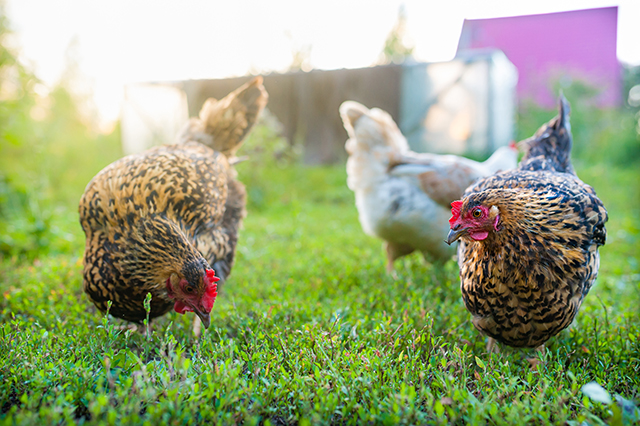
By Barry Whitworth, DVM
Having backyard poultry is a popular agriculture enterprise. According to the United States Department of Agriculture, 0.8 percent of all households in the United States have chickens. People keep chickens for a variety of reasons with table eggs being one of the more common reasons.
Unfortunately, some of these poultry producers are not aware of the hazards that come with keeping poultry because many times they carry pathogens but appear healthy.
Chickens are carriers of several zoonotic diseases. These are diseases that can be passed from animals to humans. According to a recent survey in Pennsylvania, a majority of backyard poultry producers were aware of the dangers of avian influenza. However, this study also revealed that far fewer producers were aware of the risk of possible exposure to Salmonella and Campylobacter.
The lack of knowledge about the hazards of raising poultry likely contributes to the continued issues of Salmonella outbreaks associated with backyard poultry. In 2023, the Centers for Disease Control and Prevention reported 1,072 illnesses of Salmonella linked to backyard poultry, and 272 of those patients required hospitalization. Oklahoma reported 43 individuals with the disease.
To read more, pick up a copy of the April issue of NTFR magazine. To subscribe by mail, call 940-872-5922.
Farm & Ranch
Ag Elsewhere: Wyoming
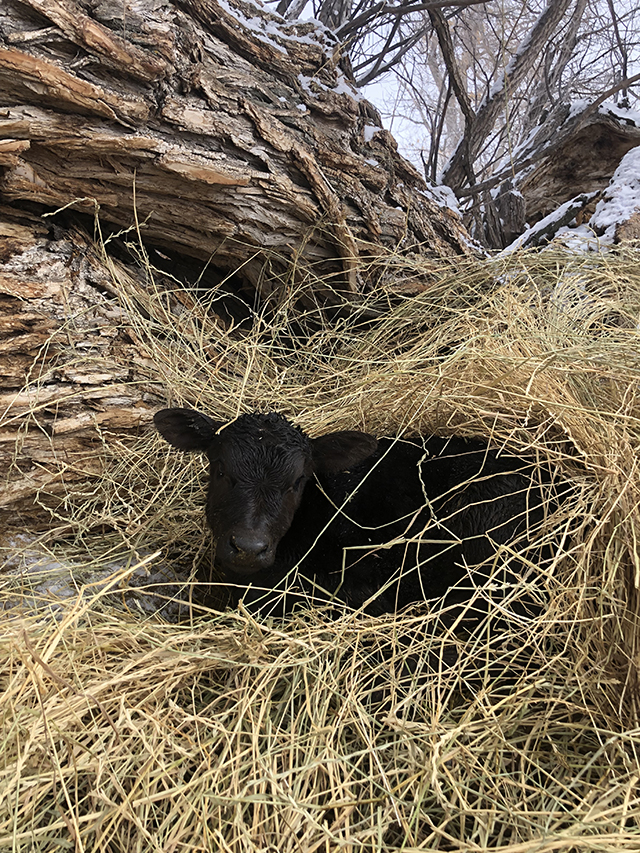
By Tressa Lawrence
Babies are tucked away in every nook and cranny. Many ranchers across Wyoming have baby animals popping up all over this time of year.
Farm & Ranch
Ag Elsewhere: Montana
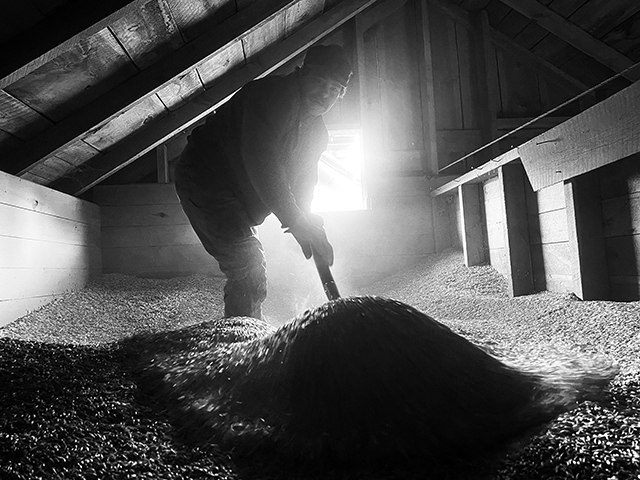
By Lindsey Monk
Another load of grain in to keep feeding the calves until the green grass can really start popping.
-
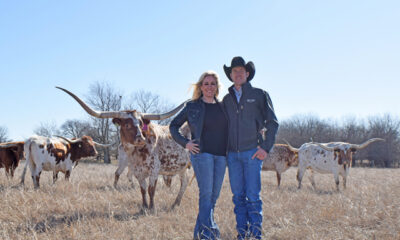
 Country Lifestyles1 year ago
Country Lifestyles1 year agoScott & Stacey Schumacher: A Growth Mindset
-

 Equine7 months ago
Equine7 months agoThe Will to Win
-
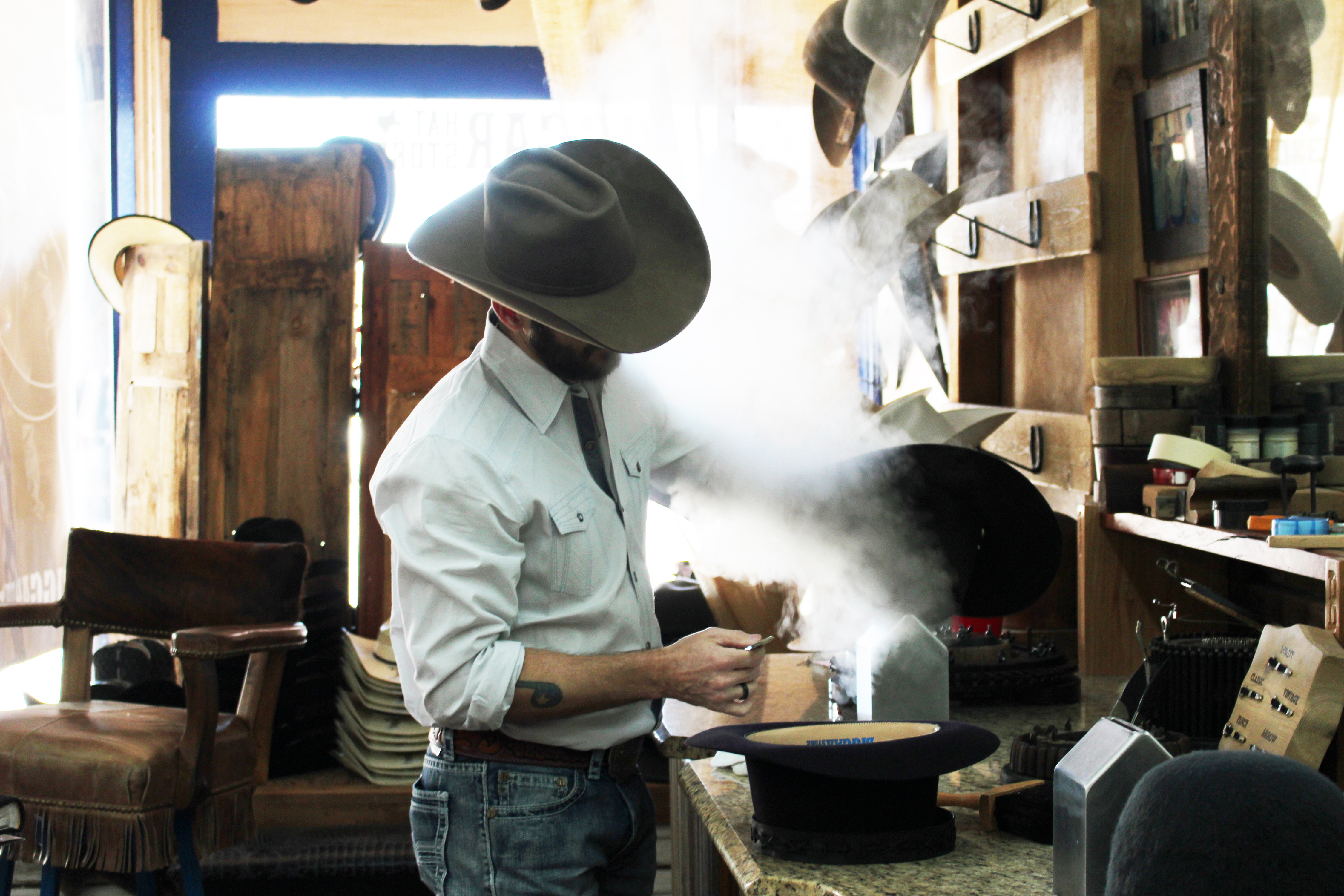
 Country Lifestyles7 years ago
Country Lifestyles7 years agoStyle Your Profile – What your style cowboy hat says about you and new trends in 2017
-
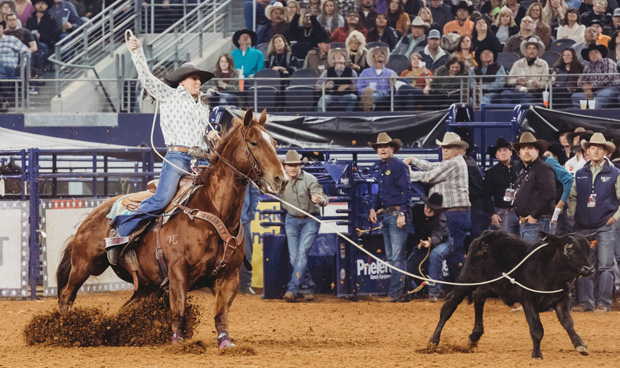
 Country Lifestyles4 years ago
Country Lifestyles4 years agoAmber Crawford, Breakaway Roper
-
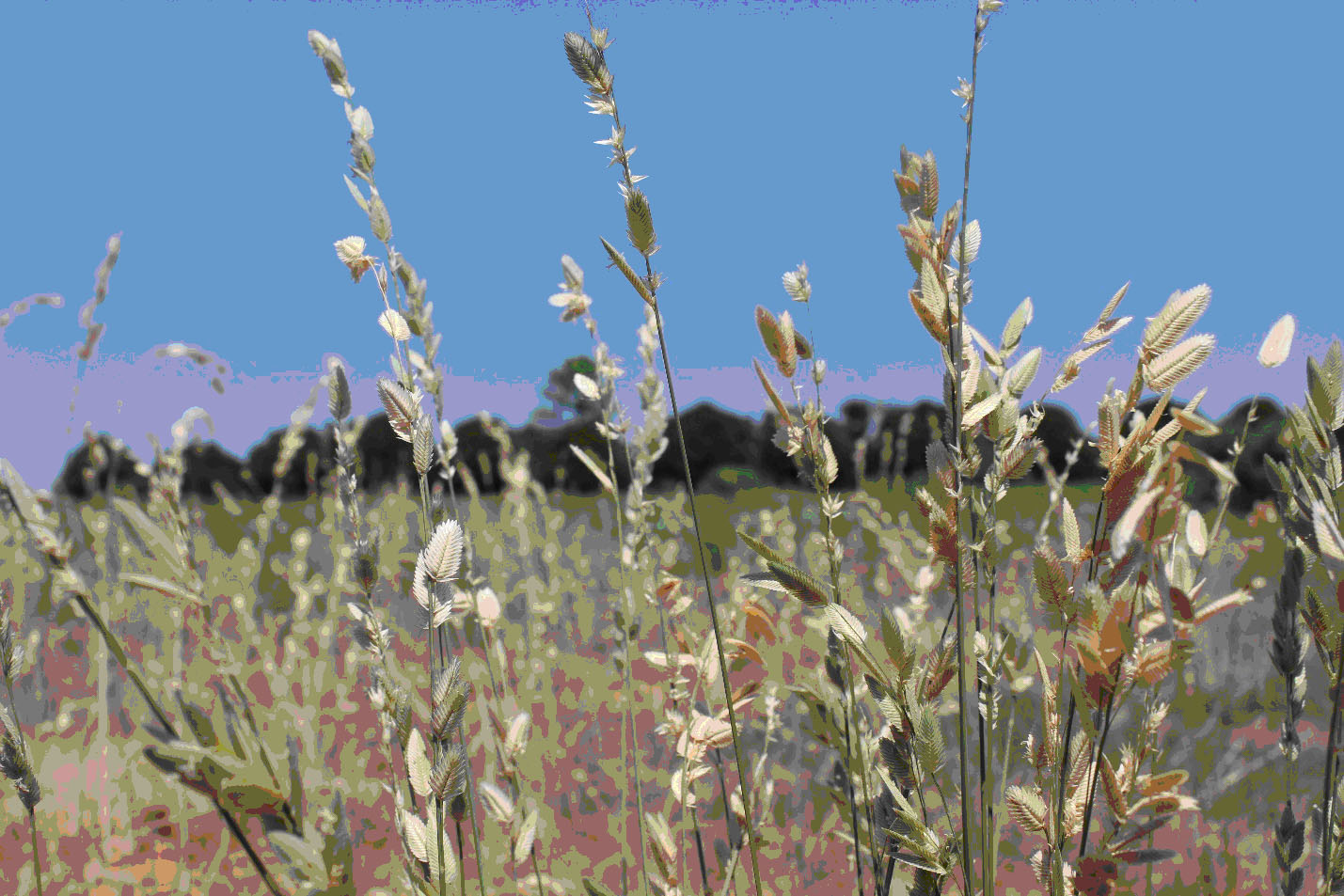
 HOME7 years ago
HOME7 years agoGrazing North Texas – Wilman Lovegrass
-
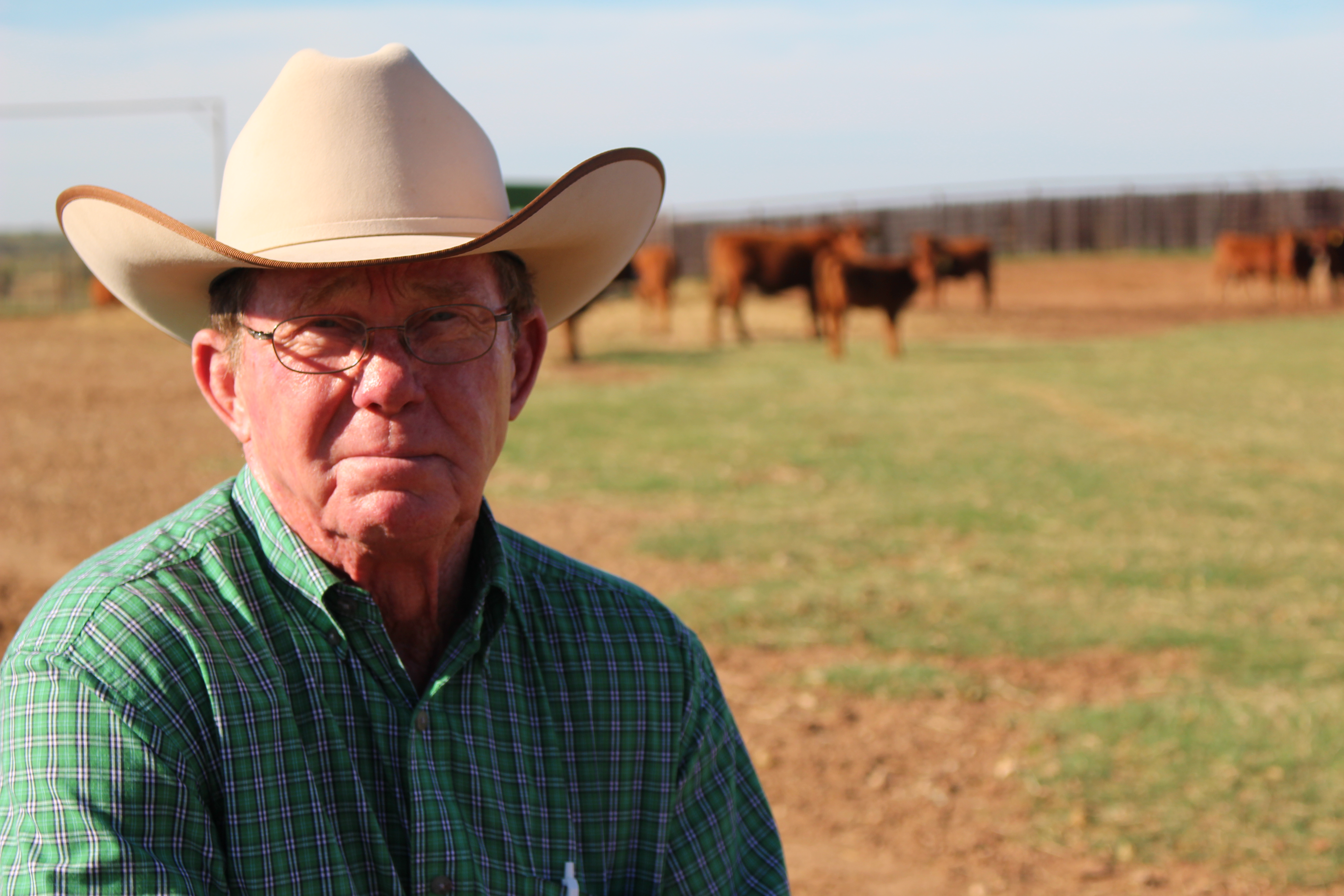
 Country Lifestyles7 years ago
Country Lifestyles7 years agoDecember 2016 Profile, Rusty Riddle – The Riddle Way
-

 Country Lifestyles8 years ago
Country Lifestyles8 years agoJune 2016 Profile – The man behind the mic: Bob Tallman
-
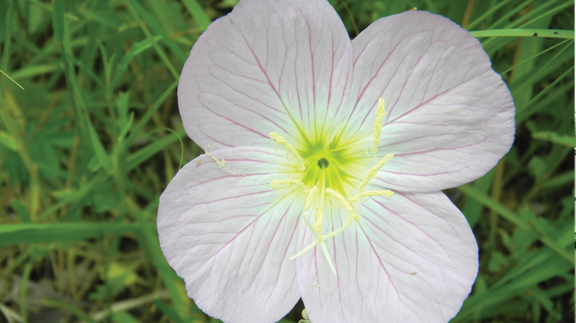
 Outdoor9 years ago
Outdoor9 years agoButtercup or Primrose?

